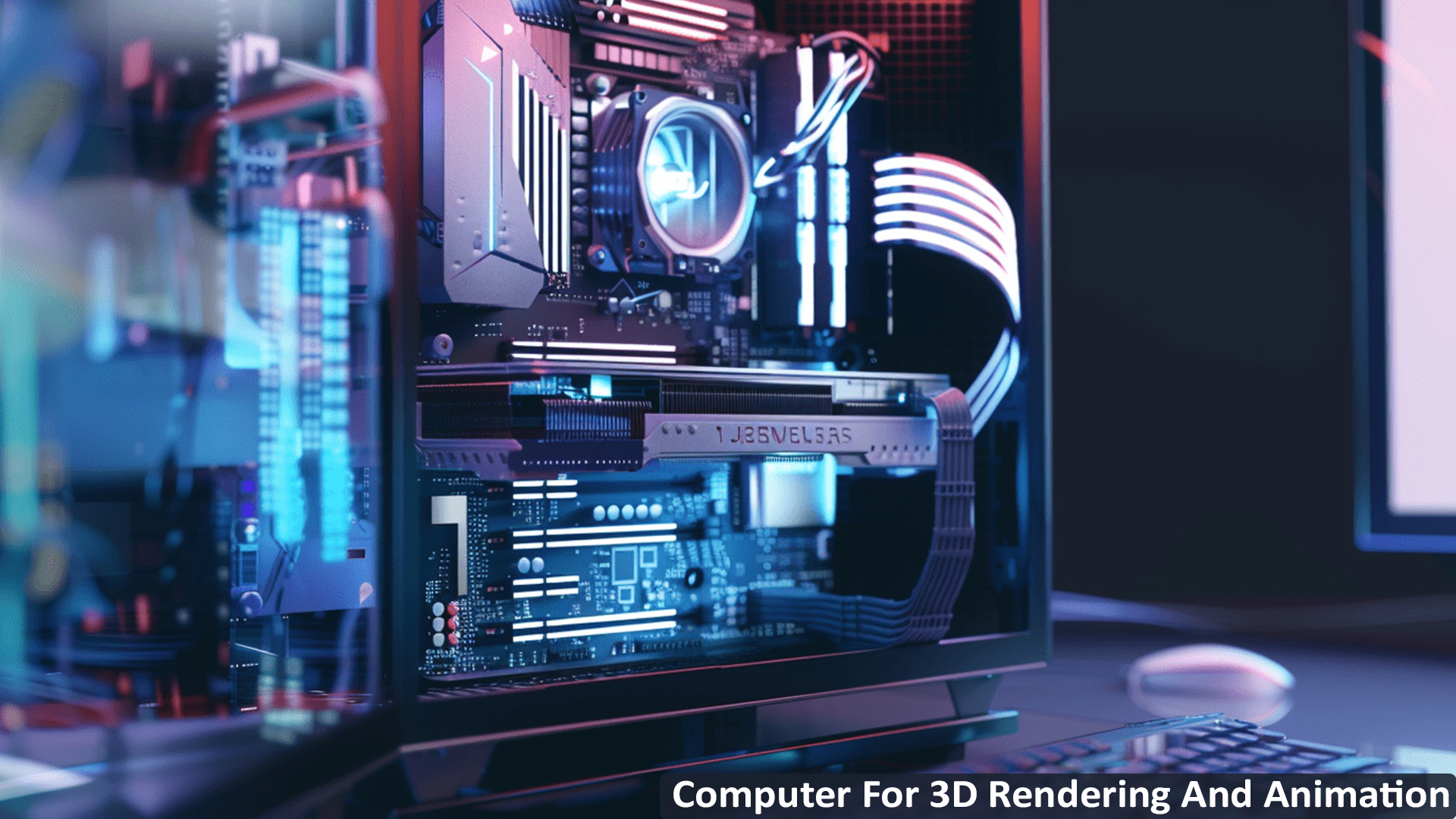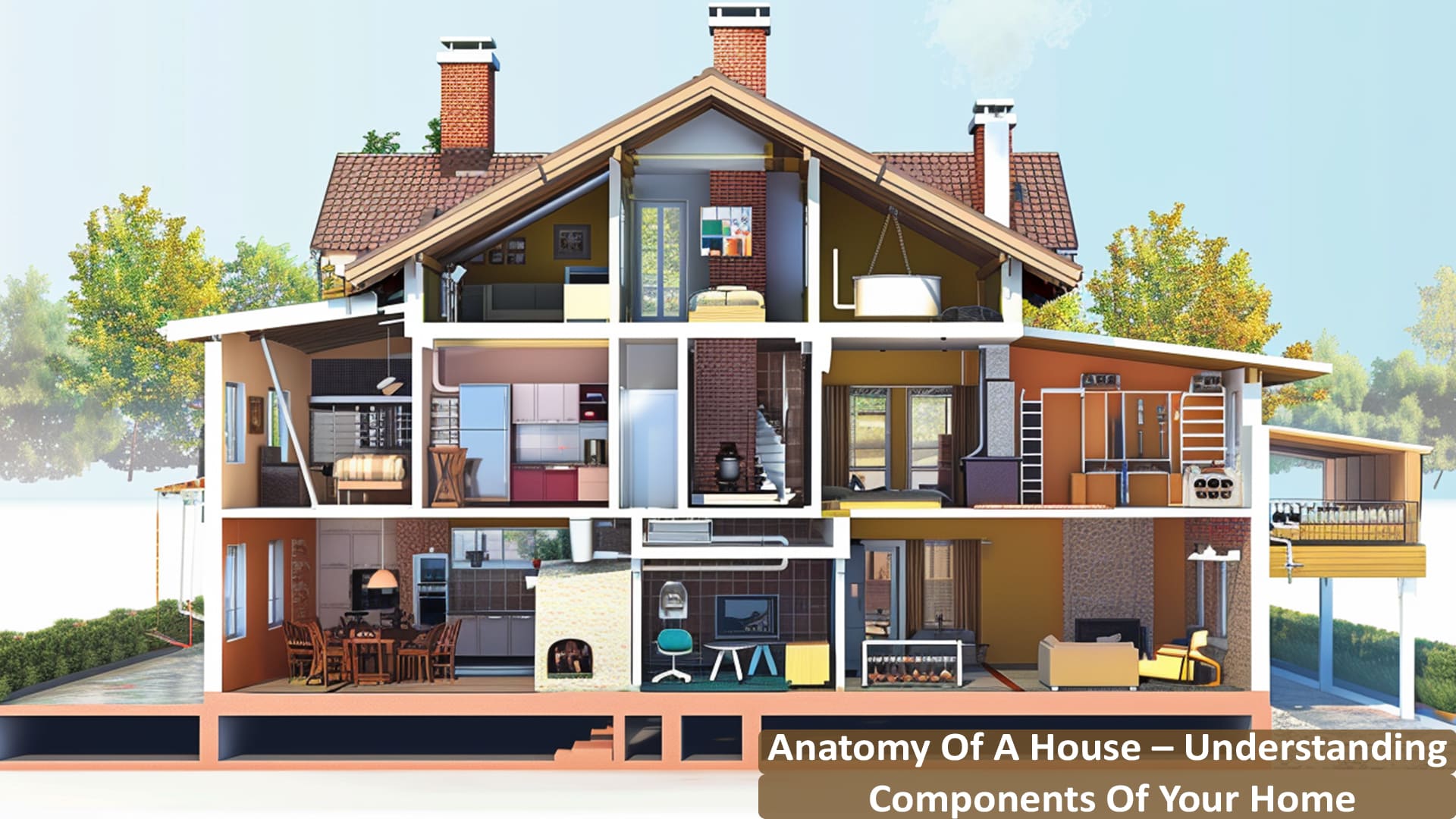Today we are going to discuss architectural problems or issues faced by architects. No one is perfect! Even for the most seasoned or experienced architect, the journey would have been filled with struggles and challenges. Be it keeping with the trends, updating to technology, or changing client mindsets, an architect must keep learning and adapt himself to stay at the forefront of everything. Let us have a look at the common architectural problems or challenges faced by architects with solutions.
Common Architectural Problems Faced by Architects
Due to increasing competition, architects are constantly under pressure to perform better and make their brand grow. Here are some common architectural problems or issues faced by architects in their day-to-day life.
1. Establishing the Identity – The Internet has completely revolutionised information and made it accessible within a millisecond. The websites, social media and other digital platforms showcase similar designs where it becomes hard to survive for a normal architect. When all things seem the same, bringing out original and creative work gets challenging and puts the architects under pressure. To establish themselves in the market, architects need to be innovative and keep illustrating their designs that are never seen and are out-of-the-box.
2. Bridging the communication gaps – Words cannot explain everything. The client may be living in a different time zone and country where the language is different from that of the architect. Achieving 100% clarity and presenting handmade designs or plans to clients, investors or stakeholders may break the deal rather than convert it. Clients may not be able to visualize from an architect’s point of view. In such cases, 3D architectural visualization will help draft photo-realistic images of the design concept. This will certainly improve the brand power and increase the chances of closing the deal.
3. Staying on the Forefront of Technology & Design – The technology is changing at such as rapid pace, that the software that was being used six months ago would be turned obsolete. The architects need to be continuous learners of all software and hardware requirements. If an architect is using any software or hardware, make sure to update it regularly and check for viruses as well. One single error can turn the entire system down and affect their work. Maintaining the digital assets is also equally important. Also, they should be aware of the changing design trends in the market. For example: The latest trends of biophilic architecture and green architecture are currently gaining popularity. The architects not staying abreast with such sustainability designs in architecture trends, will lag the league.
4. Working in the Team – An architect needs to work in the team where the designs will be worked upon and changed to physical assets by the construction contractor. They need to make sure that the project is well briefed to all stakeholders and that the contractor or the development company understand the vision properly. Not only this, when an architect is working on a big-budgeted project, they may need to collaborate with a team of professionals. Teamwork and coordination are critical to ensure the success of the project.
5. Dealing with Deadlines and Budgets – In today’s competitive market, everyone wants speedier work. This dramatically puts the architect under pressure and makes him work tirelessly to achieve the best results in a limited timeframe. With an ongoing craze for low-cost properties and affordable housing options, the value of good design is getting lost. It has become exceedingly difficult for architects to sell their designs. People are prioritizing time and money over quality.
6. Finding the right materials for the project – The architects need to research a lot about what materials will be used in the design. They have to work on a lot of factors before finalizing the materials such as climate, weather, budget, location, and accessibility of the place. They had to run through a lot of catalogues, check online portals for the best materials etc. Although, with the coming of 3D CGI rendering techniques the experiment with the materials has become easier.
7. Taking out time for Hand Sketching – Due to increased pressure to deliver on time, the architects have switched to software and new automated applications. It’s good that software takes less time to develop the designs but may not cover minute detailing. Taking out time for hand sketching will not only keep your skills polished but enable an architect to deliver more innovative and creatively. The architect can take care of every single detail while preparing hand-made sketches.
8. Struggling For Good Design over Poor Construction – It’s a known fact that developers don’t care to check all the details mentioned in the designs and work at their convenience. To expedite things, the construction contractors somehow ignore the design and deliver a lookalike building completely ignoring the actual design. It is always painful for an architect to see their design ruined by the developers and again it becomes hard to convince the client regarding the value of good design.
9. The generational Twist – There is a constant debate going on between the millennial architects and the baby boomers (older generation). While the old generation is full of knowledge and expertise, millennial architects have a better grasp of modern technology and contemporary design architecture. Imagine the result when both of them collaborate to deliver an exemplary structure that is not only aesthetically appealing but stands the test of time.
10. Being Omnipresent – Be it online or offline, the architects need to be present everywhere. Whether it is social media such as Instagram, Facebook, LinkedIn, Pinterest, their websites, GMB and much more. The digital reputation acts as the first impression that attracts the client. Having no digital presence or portfolio will become taboo in the growth journey. Also, to make connections in the offline world, the architects need to attend seminars, networking events and other trade shows to make their presence. They need to strike a balance between their work and making their presence felt across all horizons.
Winding Up
So this is all about some basic architectural problems or issues faced by every architect. As most of architects faces one or more issues in their work journey. They need to learn from their mistakes and keep evolving with the changing trends. This is the key to sustaining, thriving, and emerging as a successful professional in this hyper-competitive world. Renderspoint, a 3D rendering company takes pride in delivering world-class visualizations that take the burden off from the architect’s shoulders. Our highly accurate, engaging, and immersive interior renders and exterior renders help you close the deals and take your brand to net levels. Contact us today at sayhello@renderspoint.com.








